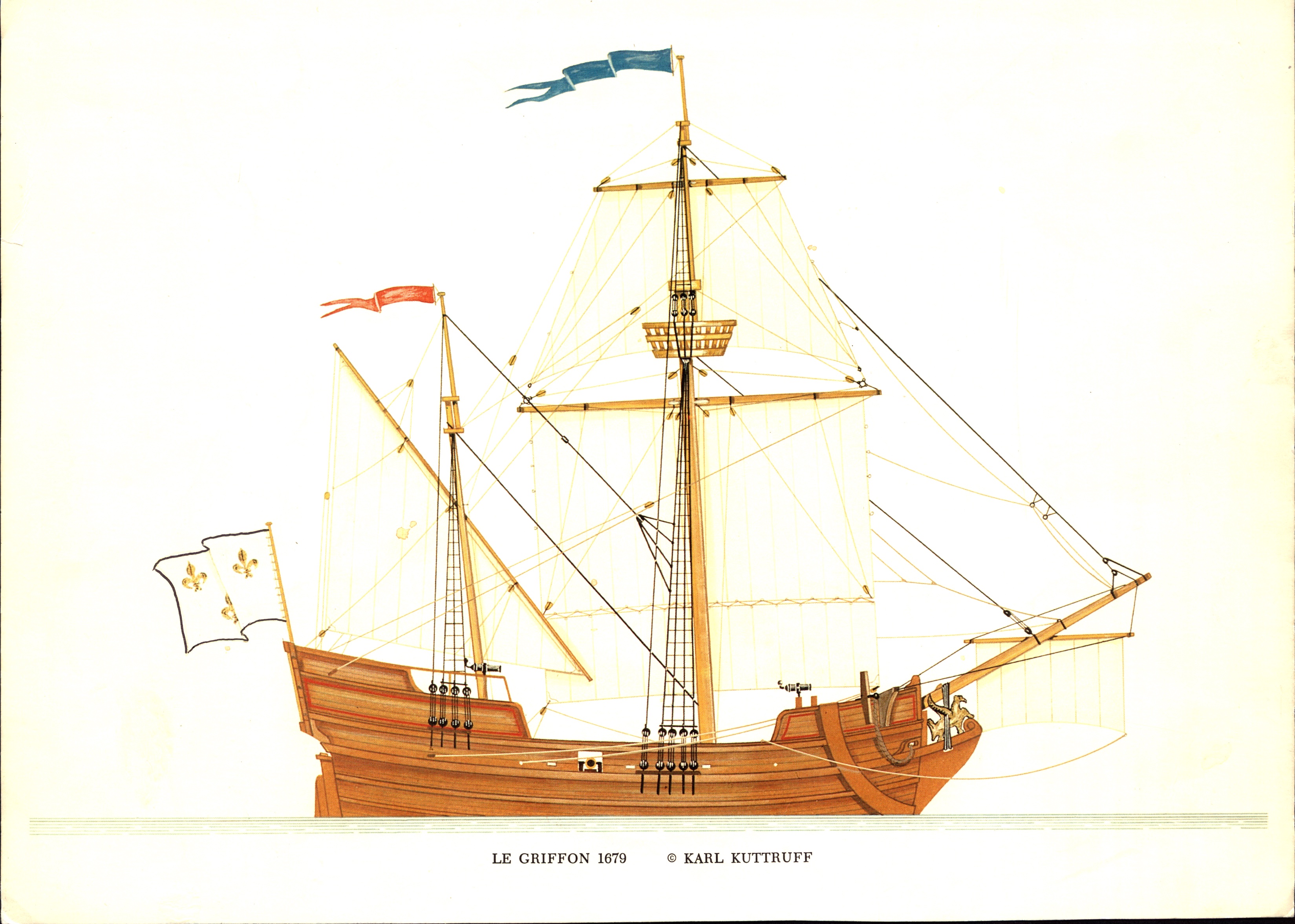A hydrogel disc can increase 100 times in area when stretched
Lili Chen et al.
A hydrogel that can stretch to around 15 times its initial length is one of the most elastic materials yet known and could be used for robotic grippers or tendons.
Hydrogels, which are made of long chain-like polymer molecules linked by water molecules, are well-known for their stretchiness, but they often don’t return to their original shape when they are stretched too much.
Lili Chen at Tsinghua University in Beijing and her colleagues have developed a new kind of hydrogel that is extraordinarily stretchy but maintains its original shape. They modified the typical hydrogel structure by inserting what they call pearl-necklace chains, which consist of coiled polymer beads connected by a chain of carbon atoms. These can unfurl under strain and rewind when the strain is released.
To make these chains, Chen and her team dried out a hydrogel so that the polymer chains were attracted to themselves, when normally they would be pulled more strongly by the water molecules.
They found that a 30-centimetre length of their hydrogel could stretch to nearly 5 metres before returning to its original length in a few seconds. A 2-centimetre-wide disc of the hydrogel, pulled outwards in all directions, could increase 100 times in area before returning to its original size.
The researchers also built inflatable robotic grippers from the hydrogel, designed to gently handle fragile things. These were able to pick up objects such as strawberries and were extremely damage resistant, continuing to work after a person stood on them or pierced them with a needle.
“Hydrogels are usually stretchy but not that elastic, while this gel combines both properties to make ultra-deformable and hyper-elastic materials.” says Zehuan Huang at Peking University in China, who wasn’t involved in the study. “Undoubtedly, this work represents a major breakthrough in high-performance polymeric materials, and will inspire substantial interest into exploitation of hyper-elastic gels in soft robotics.”
Topics:














